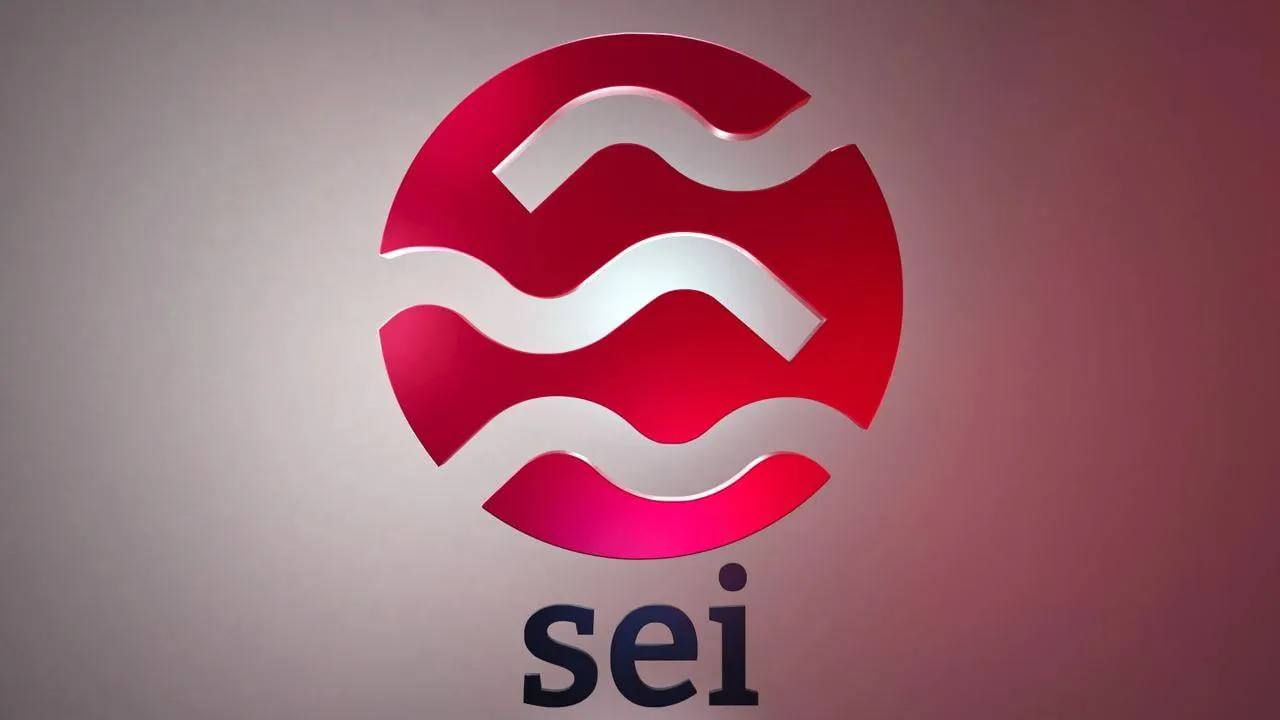Crypto Advances: Jellyverse Launches jAssets Protocol for Synthetic Assets on Sei

Crypto Breakthrough: jAssets Protocol Introduction
Jellyverse (JLY), a prominent decentralized finance (DeFi) platform on the Sei (SEI) blockchain, has recently announced the launch of the jAssets Protocol. This innovative system allows users to mint synthetic tokens tailored to reflect the values of traditional real-world assets (RWAs).
Diversify Your Portfolio with jAssets
This launch is particularly significant as it enables investors to diversify their holdings, extending beyond conventional crypto assets and gaining exposure to familiar markets.
- The jAssets mainnet will be effective shortly.
- This will facilitate the tokenization of various assets.
Exploring the Features of jAssets Protocol
With the jAssets Protocol, users can utilize cryptocurrencies as collateral to mint synthetic assets including jNVDA (Nvidia), jAAPL (Apple), jTSLA (Tesla), jMETA (Meta), and jMSTR (MicroStrategy).
Benedikt Keck, co-founder of BLKSWN PTE. LTD, emphasized the transformative potential of jAssets for DeFi portfolio diversification:
“jAssets will revolutionize portfolio diversification in DeFi by offering a range of innovative investment strategies, harnessing collateral flexibility to maximize positions with various assets.”
Operational Dynamics of jAssets Protocol
Built on an over-collateralized model, the jAssets system ensures that collateral values always surpass those of synthetic tokens. Current supported collateral options include:
- wETH
- wBTC
- JLY
- SEI
- USDC
- USDT
- FRAX
- GEM
Innovations and Future Impact
To maintain price accuracy, the jAssets Protocol utilizes decentralized Pyth Network (PYTH) oracles, providing real-time price feeds for synthetic tokens. Users can trade continuously without the disruption of external trading halts, preserving control over investments while enjoying a cost-effective trading experience on the Sei Network.
As liquidity and stability increase, the protocol assists Jellyverse in bridging the divide between decentralized finance (DeFi) and traditional finance (TradFi), simultaneously mitigating cryptocurrency volatility and granting users access to real-world asset investments.
This article was prepared using information from open sources in accordance with the principles of Ethical Policy. The editorial team is not responsible for absolute accuracy, as it relies on data from the sources referenced.